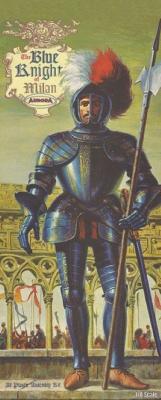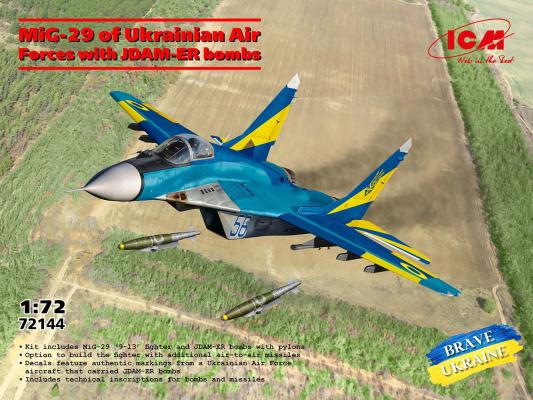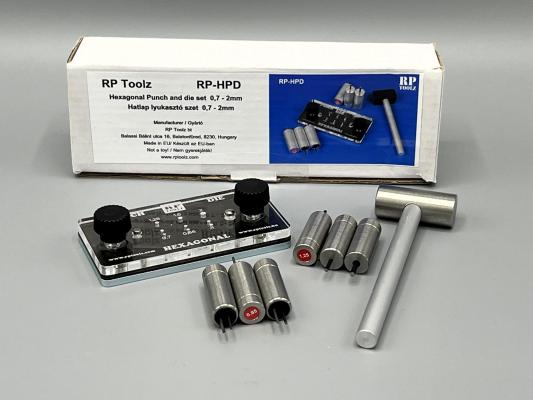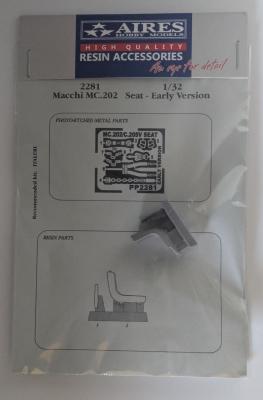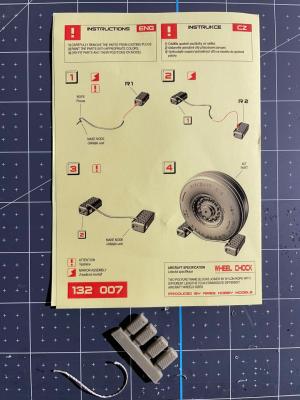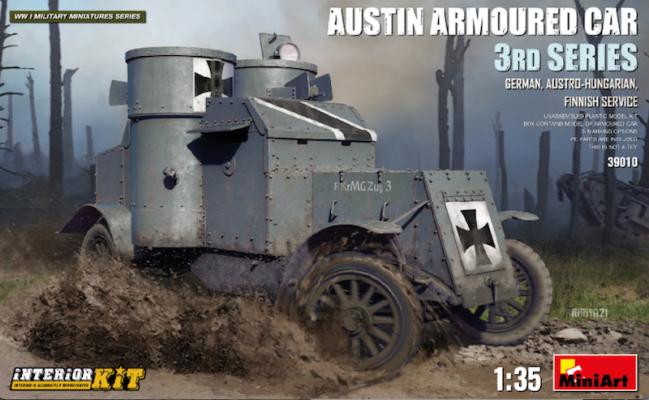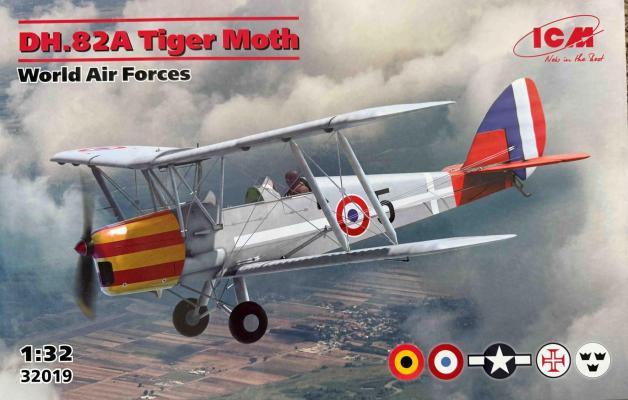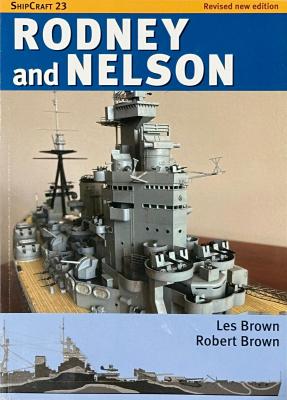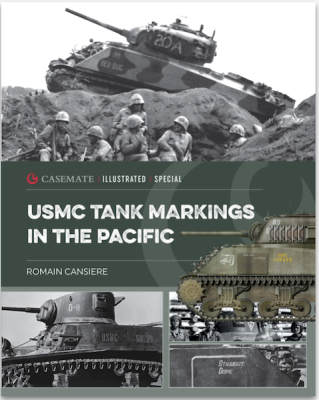In the Box and Molding Quality
Atlantis Models has re-released the classic Aurora 1:8 scale Blue Knight of Milan figure kit, which originally appeared in 1958. As the current owner of the Aurora trademark, Atlantis included the original box art and period instructions. The kit comprises approximately 35 parts molded in a metallic blue styrene, spread across several sprues, along with the traditional small red feather plume. The molding quality is generally good. Minor flash was present, primarily along the parting lines, but was easily removed during part preparation. Ejector pin marks were either absent or located in areas that would be hidden after assembly.

